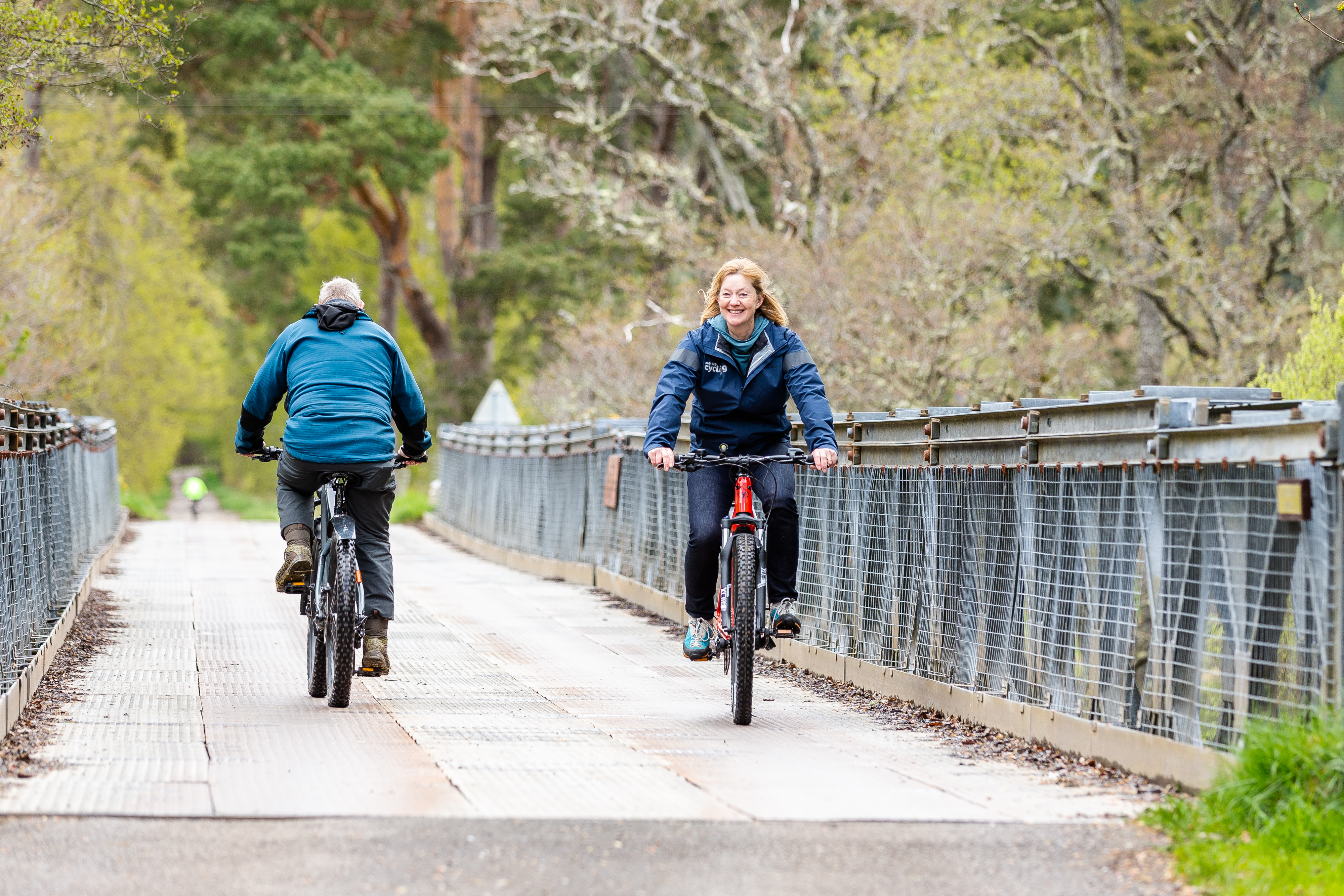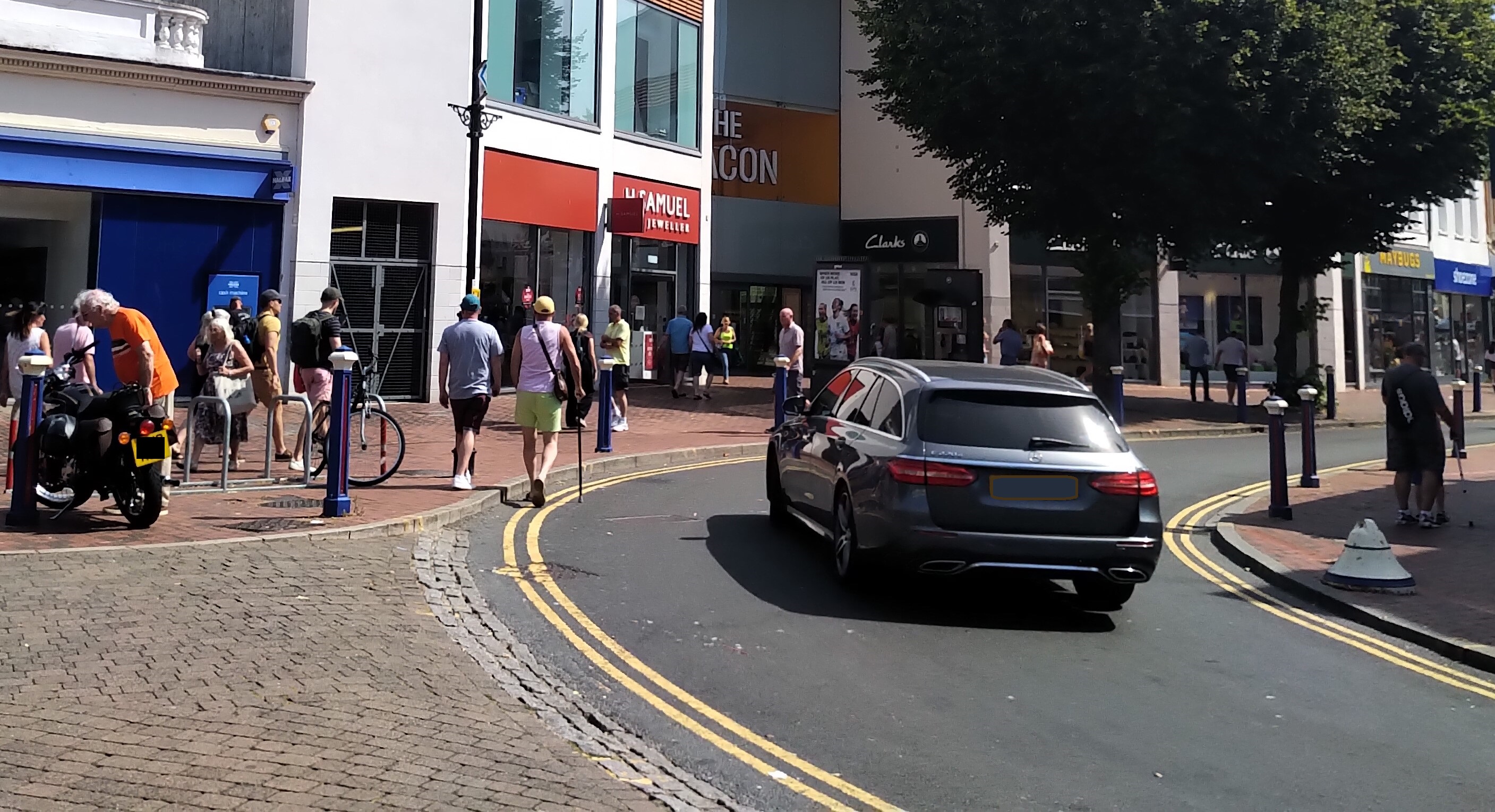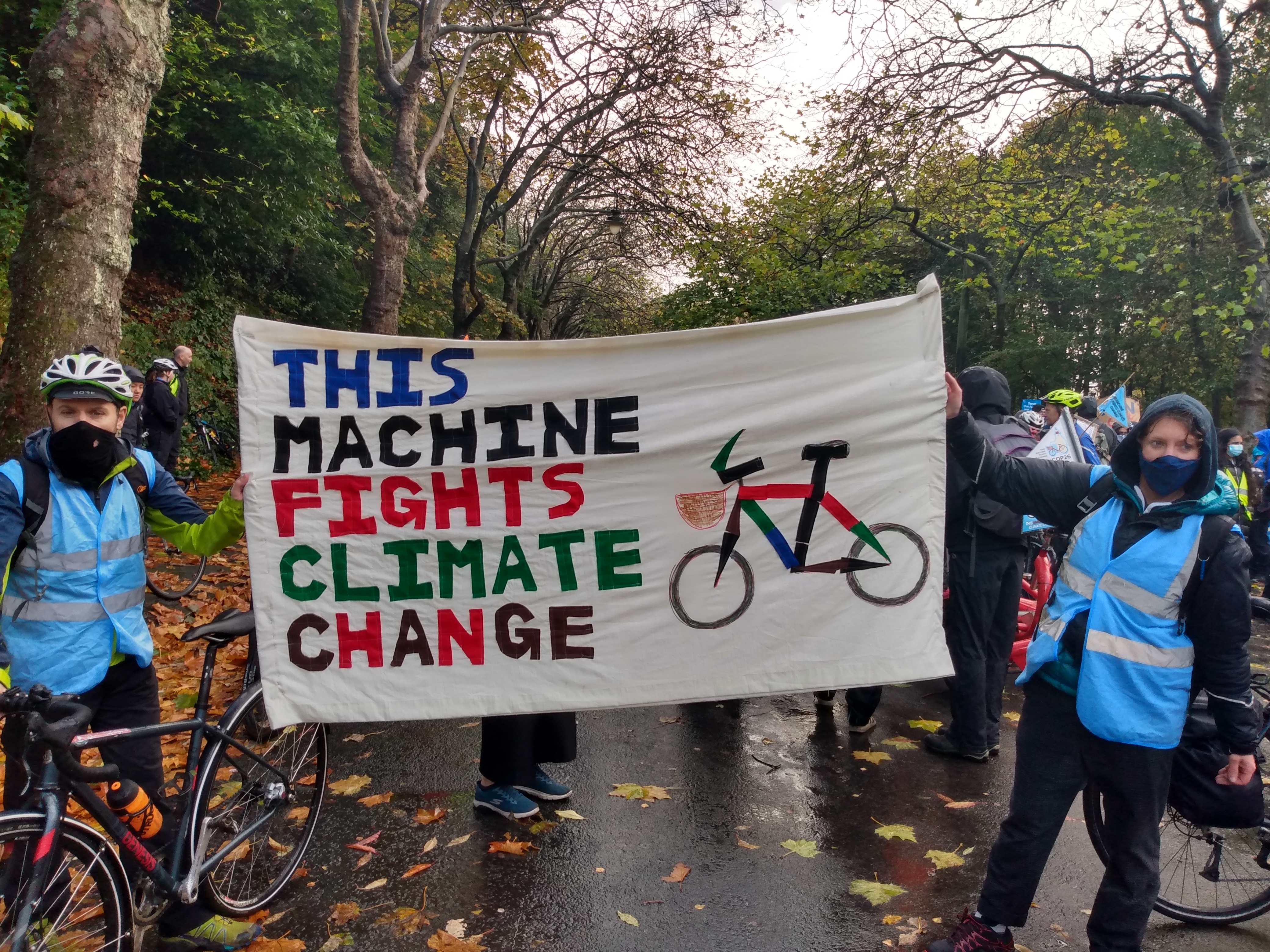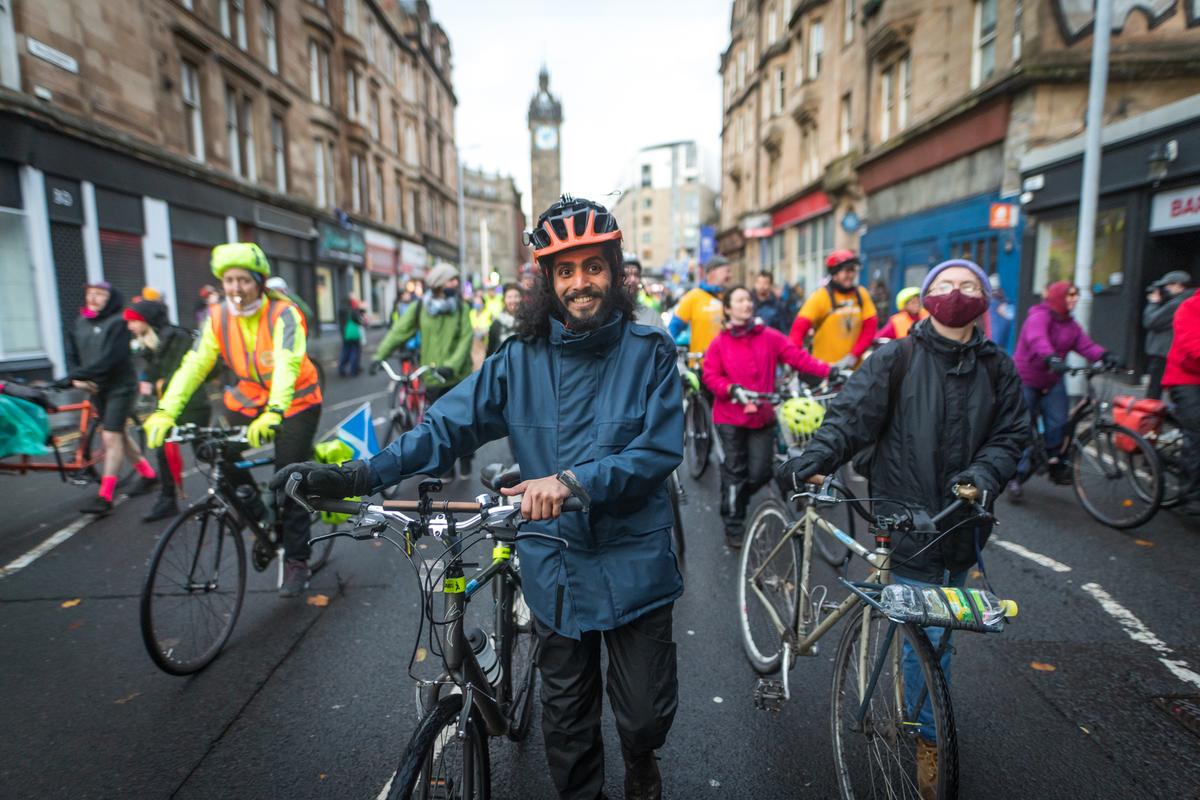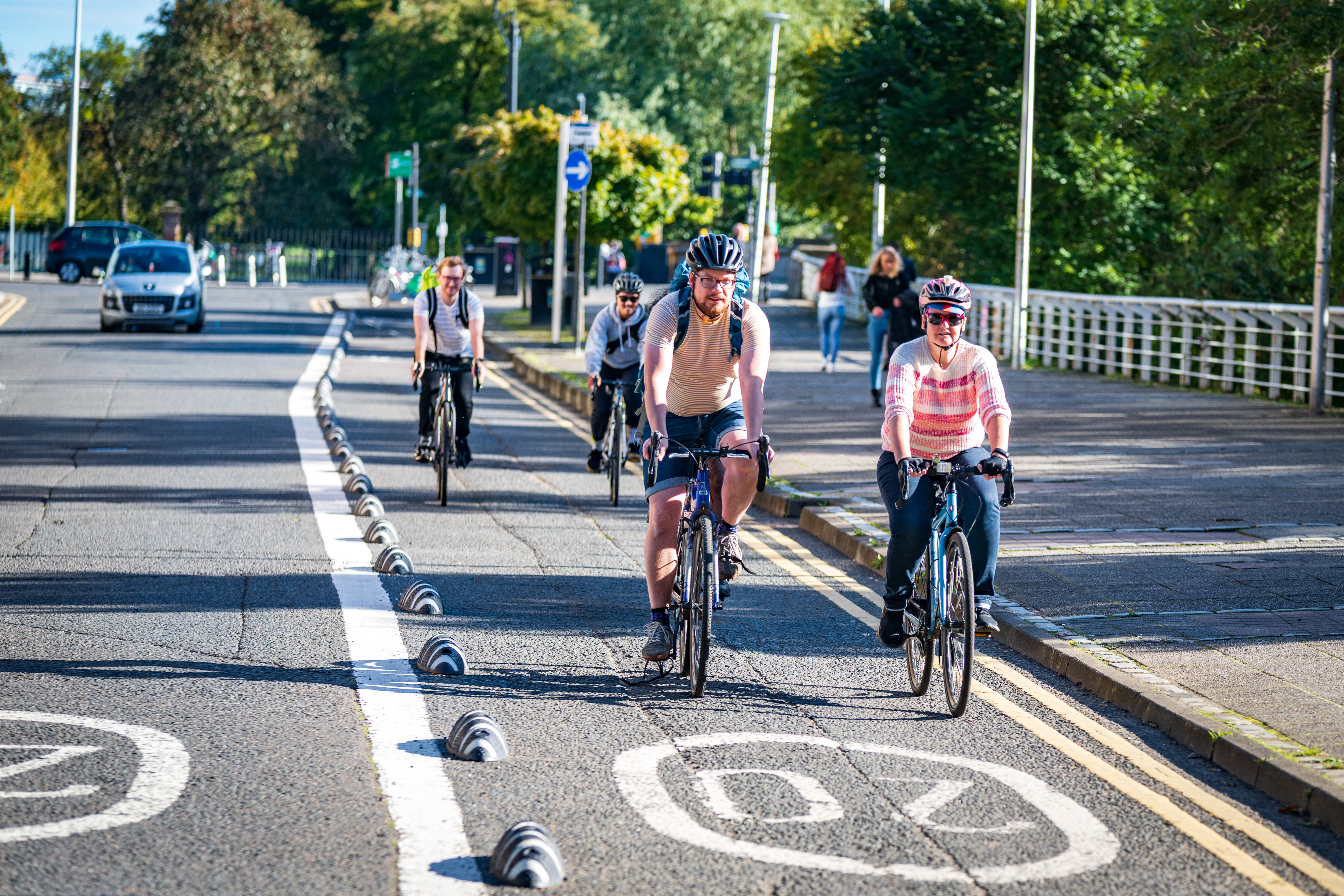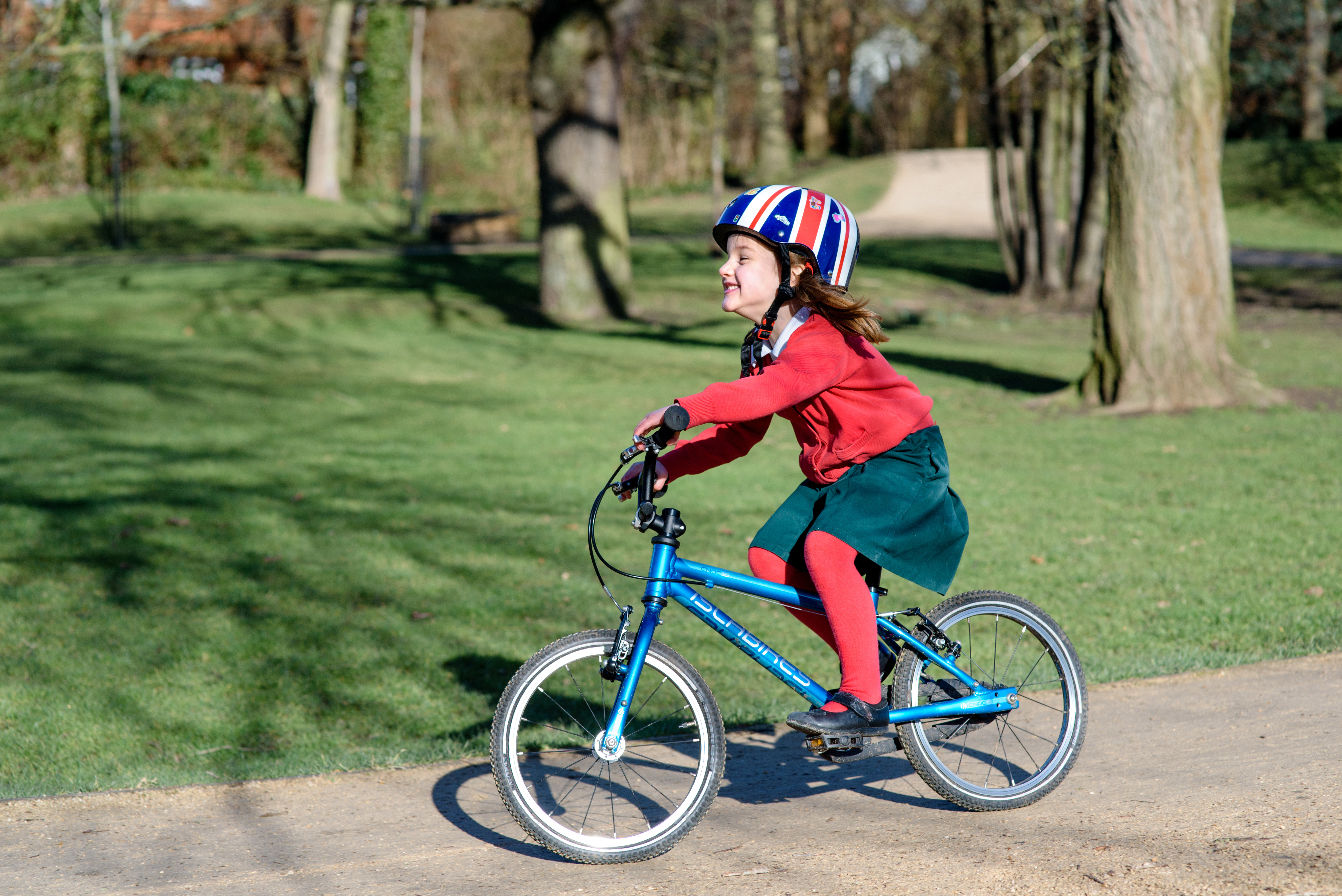Cycling and walking funding for English Councils - winners and losers
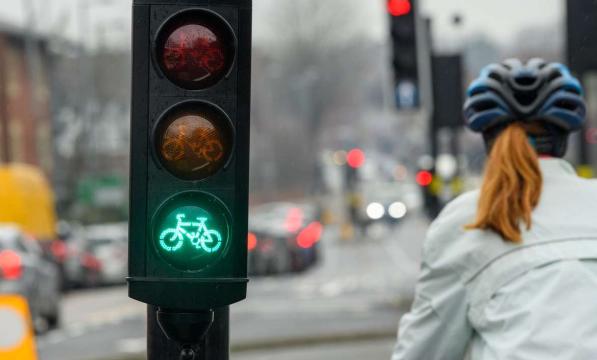
'Be bold if you want funding for cycling and walking' has been the clear message to councils for nearly two years. Some have listened, whilst others appear to have carried on regardless.
Last week, the Department for Transport (DfT) announced that £161 million had been allocated to 46 local authorities outside London to delivery 134 active travel schemes, overseen by Active Travel England, the Government’s new executive agency responsible for improving the standards of cycling and walking infrastructure in England.
It's important to note that this wasn’t new money, but part of the £2 billion package for active travel announced by the Government in May 2020. Part of that package went into the Active Travel Fund (ATF), and the £161 million is the third allocation or tranche of funds to local authorities, for the current financial year.
But how did your council fare?
The losers
Bear in mind that not every council has responsibility for highways, and these allocations are to highways authorities. So, if you live in Maidstone, it’s Kent County Council which is the highway authority, not Maidstone Borough Council, which is the second tier council.
For highway authorities outside London, you can click on our map to see what your council has been allocated currently from ATF tranche 3, if anything. I have added 'currently' because the DfT may be having further conversations with some councils.
We were going to include the councils who’ve received nothing, but there’s too many!
So, if you’re council’s not on the map, there’s your answer, they’ve not received anything.
Ignoring government guidance has consequences
Of course, West Sussex County Council isn’t on the map, because it was told it was unable to apply for funding after receiving government ATF tranche 1 monies to install a cycle lane along Shoreham Road in Shoreham, and then having to admit acting unlawfully when they decided to remove it five weeks later.
Neither is Worcestershire County Council, which received reduced allocations in both previous ATF funding tranches. If your cabinet member for highways chooses to ignore the Government’s statutory guidance, which makes it clear to local authorities that reallocating road space for cycling and walking is imperative, and states that no loss of road space or car parking space will be accepted, it shouldn’t really be a surprise to Councillor Amos’s colleagues that they are now very much on the naughty step for government funding. And, as I’ll explain later, that could apply to all transport funding in due course, not just funding for active travel.
A condition of funding
But some councils still seem to have transport leads who haven’t moved with the times, and think the guidance doesn't apply to them.
In the introductory page of the DfT’s Cycle Infrastructure Design guidance, LTN 1/20, Chris Heaton-Harris MP, the Minister at that time responsible for cycling and walking, couldn’t have been clearer, stating that: “It will be a condition of any future government funding for new cycle infrastructure that it is designed in a way that is consistent with this national guidance”.
That’ll be the guidance Councillor Amos said “we regard as useful but in reality, it is not always possible to implement”. Sadly for people in Worcestershire, pretending the guidance doesn’t matter is losing them money, and will continue to do so.
Can you see the light through the keyhole yet?
One council that is on the list, but receiving the third lowest allocation of £130,000 for School Streets and a cycle hub at a shopping centre, is Bournemouth, Christchurch and Poole council.
This council implemented a scheme to enable more people to walk and cycle safely, namely the closure of Keyhole Bridge to motor traffic. They then removed the scheme without any adequate evaluation, and subsequently lost a judicial review hearing in the High Court brought by the superb and determined Keyhole Bridge Group.
As the judge directed, the council has consulted again on whether to re-introduce the closure. But having lost in court once, received a tiny funding allocation for this year, and been provided with a report showing clearly that its decision to re-open the bridge was based on flawed analysis and would lose the local economy £8.5 million it would have made through the promotion of active travel, it really is time for councillors at BCP to realise that failing to be more ambitious about active travel schemes has consequences.
And the winners
I should start by saying that whilst the £2 billion funding announced as part of the Government’s Gear Change vision for walking and cycling did increase the money available for active travel in England, we’ve always made it clear that the increase was nowhere near enough to enable the Government to meet its own 2025 targets to increase levels of cycling.
However, what the ATF tranche 3 allocations show is that there is a significant level of funding potentially available for local authorities which are prepared to be ambitious with their plans – there are opportunities.
Fish Quay to the lighthouse
For example, the North East Joint Transport Committee has been awarded the largest allocation, £17.9 million, for nine schemes across four local authorities, Newcastle, North Tyneside, Sunderland and Northumberland. This includes £3.5 million for the Seafront Sustainable Route, a bold scheme for permanent, separated, two-way space between North Shields Fish Quay and St Mary’s Lighthouse in North Tyneside.
In recent years, it felt as if major cities and metro-mayoral regions have sometimes been favoured for active travel funding, but the third highest allocation, £14.1 million, has gone to Gloucestershire. Oxfordshire, with £10.4 million for numerous schemes, has the sixth highest.
West Midlands (£17.3m), Greater Manchester (£13.1m), Liverpool City Region (£11.7m) and Slough (£10.1m) make up the top seven, and between them have £80.4 million, or 50% of the funding available for local authorities.
Now, some might argue that the funding should be more equally spread, but parking the arguments for and against that, it’s been crystal clear for some time that the jam wasn’t going to be spread evenly, that bold and ambitious bids would be favoured, and those councils which didn’t seem to 'get' active travel would receive nothing or very little.
It's crucial to remember this, because if you want your authority to be mentioned in the winners section rather than with West Sussex and Worcestershire, you can make the point to your council and your councillors that money is now available, subject to being serious about enabling more people to walk and cycle.
Implications for wider transport funding
Some campaigners have suggested that not getting funding for active travel schemes isn’t a problem for their council, because they just don’t want to do these schemes, full stop.
The DfT, however, has made it clear that failure to reallocate road space to active travel can also have implications for councils’ wider transport funding, so just burying their head in the sand and ignoring active travel is unlikely to work.
The Government is also looking to consult on new guidance for local transport plans, and it looks likely that it will become increasingly difficult for local authorities to secure wider transport funding without showing commitments to active travel.
All of this presents opportunities for campaigners and campaigning, because councils can’t just glibly say there’s no cash available to them. North Tyneside, Oxfordshire and Slough show there can be, if councils submit ambitious schemes and don’t adopt the 'Amos approach' to guidance.
So, if your council had an election in early May and there’s new councillors in post, take a look at our election map to see which if any councillors supports our election manifesto for cycling.
If they said they would, you might want to ask them what they’re going to do to make sure your council gets proper funding next time.
And if you want to get more people cycling where you live, take a look at and connect with our Cycle Advocacy Network,or have a look at our campaigner’s toolkit for guides and advice on how to get involved with campaigning, and hopefully get your council to be one of the winners for cycling.

